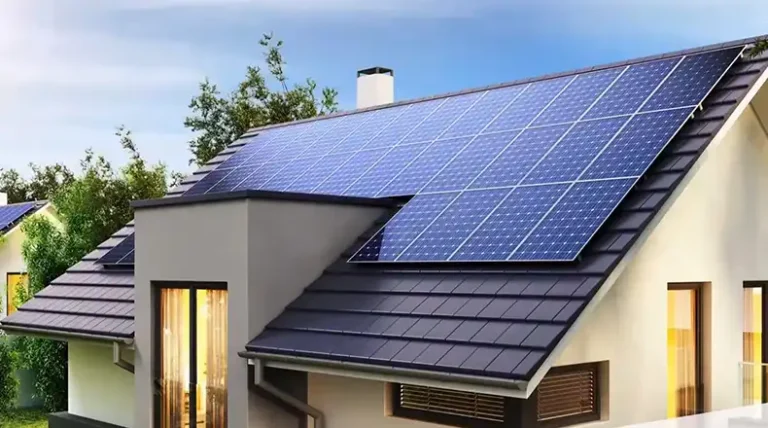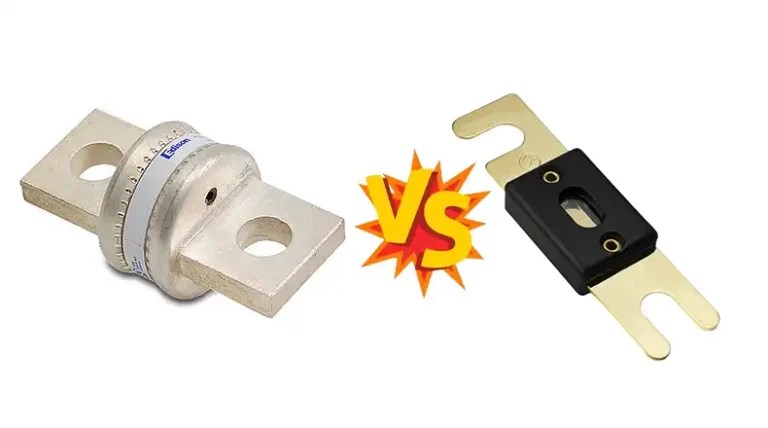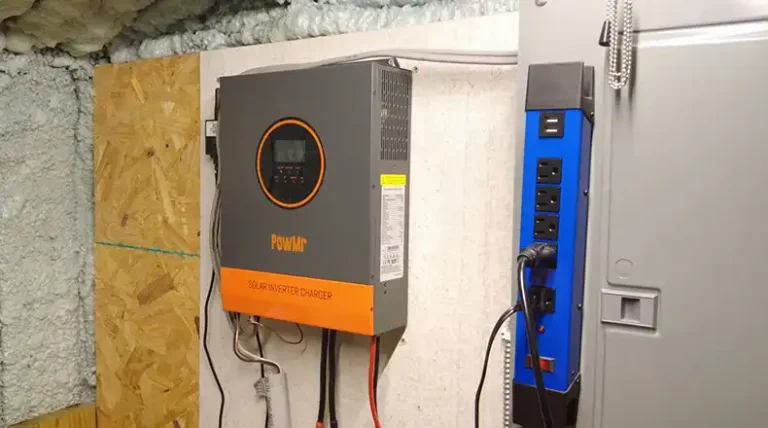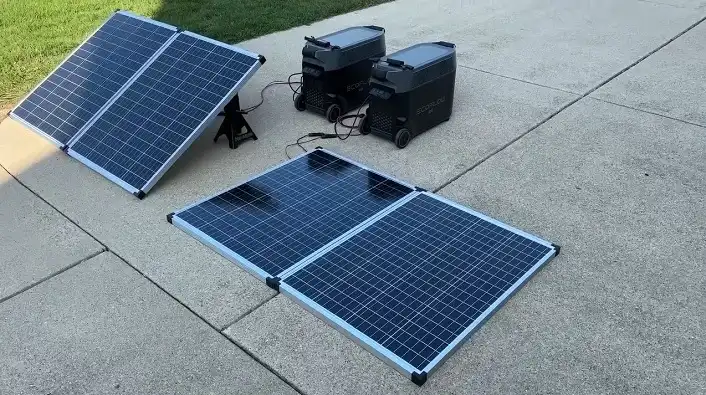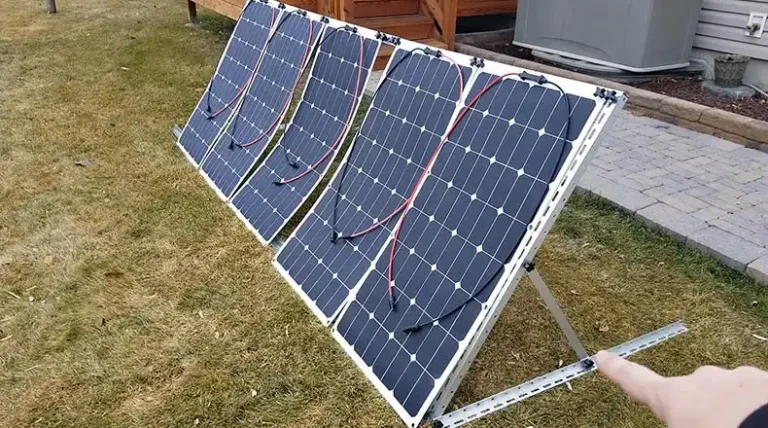What Is Solar Panel Voc and Vmp? All You Need to Know
Solar panels are an increasingly popular source of renewable energy, and for good reason. They are relatively inexpensive to install and maintain, and they can provide clean, reliable power for years to come. However, before you invest in solar panels, it’s important to understand the different specifications involved. Two of the most important specifications are Voc and Vmp.
Voc stands for open circuit voltage. It is the highest voltage that a solar panel can produce under ideal conditions, with no load connected. Vmp stands for voltage at maximum power. It is the voltage at which a solar panel produces its maximum power output.

What is Voc?
Let’s start with Voc. This acronym stands for Voltage Open Circuit, which, in simpler terms, means the maximum voltage a solar panel can produce when it’s not connected to any load or circuit. Think of it as the solar panel’s untapped potential, the absolute upper limit of the voltage it can generate under ideal conditions. So, if you’ve ever wondered how much power your solar panel can generate when it’s not actively powering anything, Voc is your answer.
Now, while it might be tempting to picture Voc as the solar panel equivalent of a race car at top speed with no brakes, it’s important to remember that in real-world scenarios, solar panels rarely operate at Voc. Instead, they work under different conditions to provide the electricity your home needs.
What is Vmp?
Next up, we have Vmp, which stands for Voltage Maximum Power. Vmp is the voltage at which a solar panel generates its maximum power output. This is when the solar panel is connected to a load or circuit, and it’s operating at its peak efficiency. In other words, Vmp is the sweet spot where your solar panel is cranking out the most electricity it possibly can.
Imagine Vmp as that ideal cruising speed for your car, where it’s both efficient and powerful. It’s the point where the solar panel is delivering the most bang for your buck, converting sunlight into electricity effectively.
What are the Differences between Voc and Vmp?
Now that we’ve clarified what Voc and Vmp are, let’s delve into their differences. These two terms might sound similar, but they serve distinct purposes in the world of solar panels.
Operating Conditions
Voc represents the maximum voltage a solar panel can produce under no-load conditions, while Vmp is the voltage at which the panel generates the maximum power under specific operating conditions.
Usage
Voc helps determine the safety and compatibility of the solar panel with the overall system, while Vmp is crucial for optimizing energy output when the panel is actively connected and powering devices.
Real-World Scenario
In practice, solar panels typically operate at a voltage lower than Voc but closer to Vmp to maximize energy production while ensuring safety.
Importance of Voc and Vmp in Solar Panels
Understanding Voc and Vmp is vital for anyone considering or already using solar panels. These parameters play a pivotal role in system design, performance optimization, and overall efficiency. Here are a few key reasons why Voc and Vmp are of utmost importance:
Voc is important because it is used to determine the maximum voltage rating of the solar charge controller. The solar charge controller is a device that protects the battery from overcharging and ensures that the battery is charged at the optimal voltage. If the Voc of the solar panel is higher than the maximum voltage rating of the solar charge controller, the charge controller can be damaged.
Vmp is important because it is used to determine the size of the solar panel system needed to meet a specific power requirement. For example, if you need a solar panel system to power a 100-watt light bulb, the Vmp of the solar panel system must be at least 100 watts.
In addition, Voc and Vmp can be used to calculate the efficiency of a solar panel. The efficiency of a solar panel is the percentage of sunlight that is converted into electricity. It is calculated by dividing the maximum power output of the solar panel by the Voc.
Here are some specific examples of why Voc and Vmp are important for solar panels:
- Voc is important for preventing the solar charge controller from being damaged. If the Voc of the solar panel is higher than the maximum voltage rating of the solar charge controller, the charge controller can be damaged. This can be a costly repair, and it can also leave your solar panel system without power.
- Vmp is important for ensuring that your solar panel system can meet your power requirements. If the Vmp of the solar panel system is too low, the system will not be able to produce enough electricity to power your appliances and devices.
- Voc and Vmp are important for calculating the efficiency of a solar panel. The efficiency of a solar panel is a measure of how efficiently it converts sunlight into electricity. A more efficient solar panel will produce more electricity from a given amount of sunlight.
Final Thoughts
Voc and Vmp are two important specifications when choosing solar panels. Voc is used to determine the maximum voltage rating of the solar charge controller, while Vmp is used to determine the size of the solar panel system needed to meet a specific power requirement. In addition, Voc and Vmp can be used to calculate the efficiency of a solar panel.
When choosing solar panels, it is important to select panels with a Voc that is compatible with your solar charge controller and a Vmp that is sufficient to meet your power requirements. It is also important to consider the efficiency of the solar panels. More efficient solar panels will produce more electricity from a given amount of sunlight.

